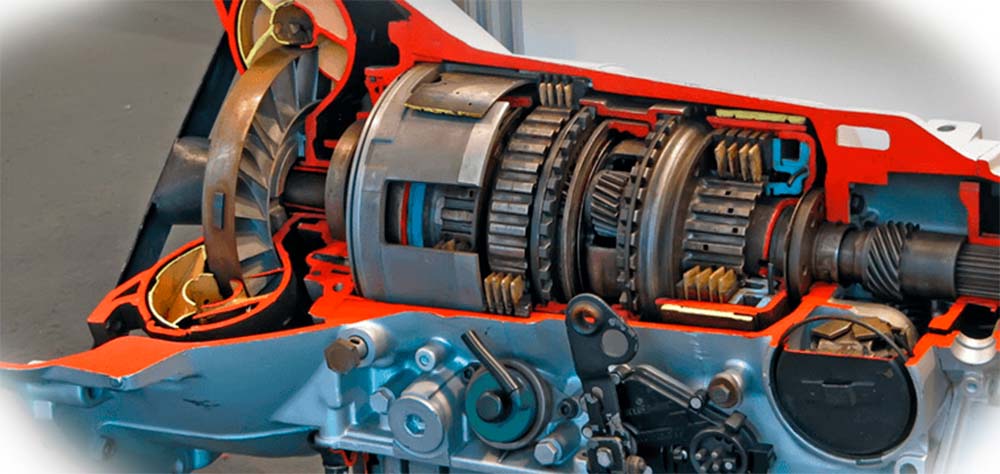CVT stands for Continuously Variable Transmission, and it’s a type of transmission found in vehicles that provides an unlimited number of gear ratios as opposed to the fixed gear ratios found in traditional automatic transmissions. The CVT allows for a more efficient use of engine power, improved fuel economy, and smoother shifting compared to standard transmissions. But how long can you expect a CVT transmission to last?
Factors That Affect CVT Longevity
The life expectancy of your vehicle’s CVT depends on several factors:
-
Vehicle Type – The make and model of the vehicle can affect the life expectancy since different models are designed with different components that may have varying levels of reliability or longevity. Generally speaking, newer vehicles tend to be built with higher-quality transmissions than older vehicles.
-
Driving Habits – If you drive your car frequently or push its limits with aggressive driving behaviors such as rapid acceleration and hard braking, this can degrade the life expectancy of your vehicle’s transmission over time. Regular maintenance is important for any vehicle but it’s especially important if you use your car frequently or put strain on the engine by engaging in aggressive driving behavior.
-
Maintenance Schedule – Following the manufacturer’s recommended maintenance schedule is important for ensuring the longevity of any car component, including the transmission. Regular oil changes and inspections can help ensure that your CVT is operating properly and identify any potential issues before they become serious.
Increasing Your CVT’s Life Expectancy
To maximize your vehicle’s CVT life expectancy and get the most out of your car, there are a few steps you can take:
-
Follow The Manufacturer’s Maintenance Schedule – As mentioned above, following the manufacturer’s recommended maintenance schedule is key for keeping all parts of your car running smoothly, especially those related to the transmission. This may include regular oil changes, fluid level checks, and other periodic inspections depending on what is recommended for your specific vehicle.
-
Get Regular Fluid Changes For Your Vehicle – Just like with other types of vehicles, getting regular fluid changes can help keep all parts of your transmission running smoothly and extend its life expectancy over time. Make sure to use fluids that are approved by the manufacturer so they don’t damage or corrode any components in your vehicle’s system.
-
Stay Away From Sudden Acceleration and Braking – Sudden acceleration and braking can put additional strain on your CVT transmission, so try to avoid these behaviors when possible. If you have to accelerate quickly, use a steady, gradual pressure on the accelerator instead of hitting it hard all at once. The same goes for braking; use a gradual, steady deceleration instead of slamming on the brakes.
-
Avoid Excessive Idling – Idling your car for too long can put extra strain on the transmission and lead to wear and tear over time. Try to keep your vehicle moving whenever possible so that it isn’t sitting in one spot for too long.
Conclusion
The life expectancy of a CVT transmission depends on several factors, including the make and model of the vehicle as well as driving habits and maintenance schedule. To get the most out of your car’s CVT transmission, follow the manufacturer’s recommended maintenance schedule and avoid behaviors like sudden acceleration or braking or excessive idling that could put unnecessary strain on the system over time. Regular fluid changes can also help extend its life expectancy significantly.



Add Comment